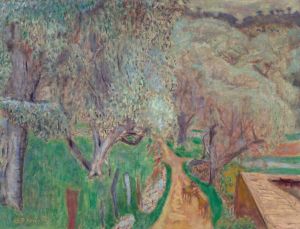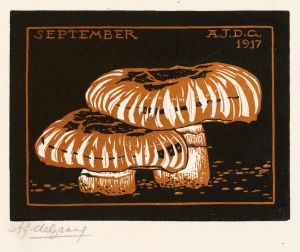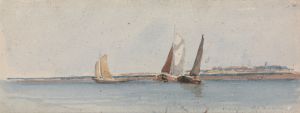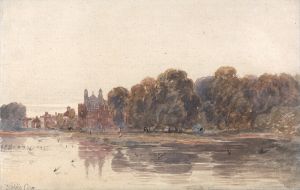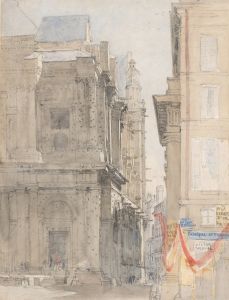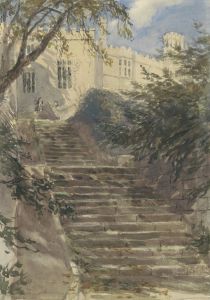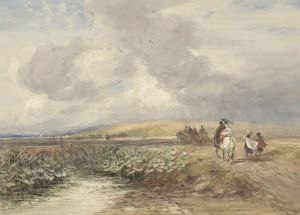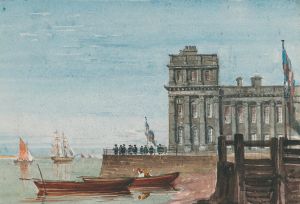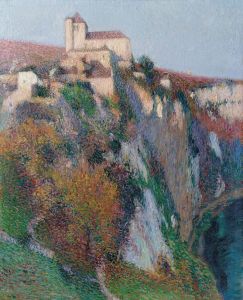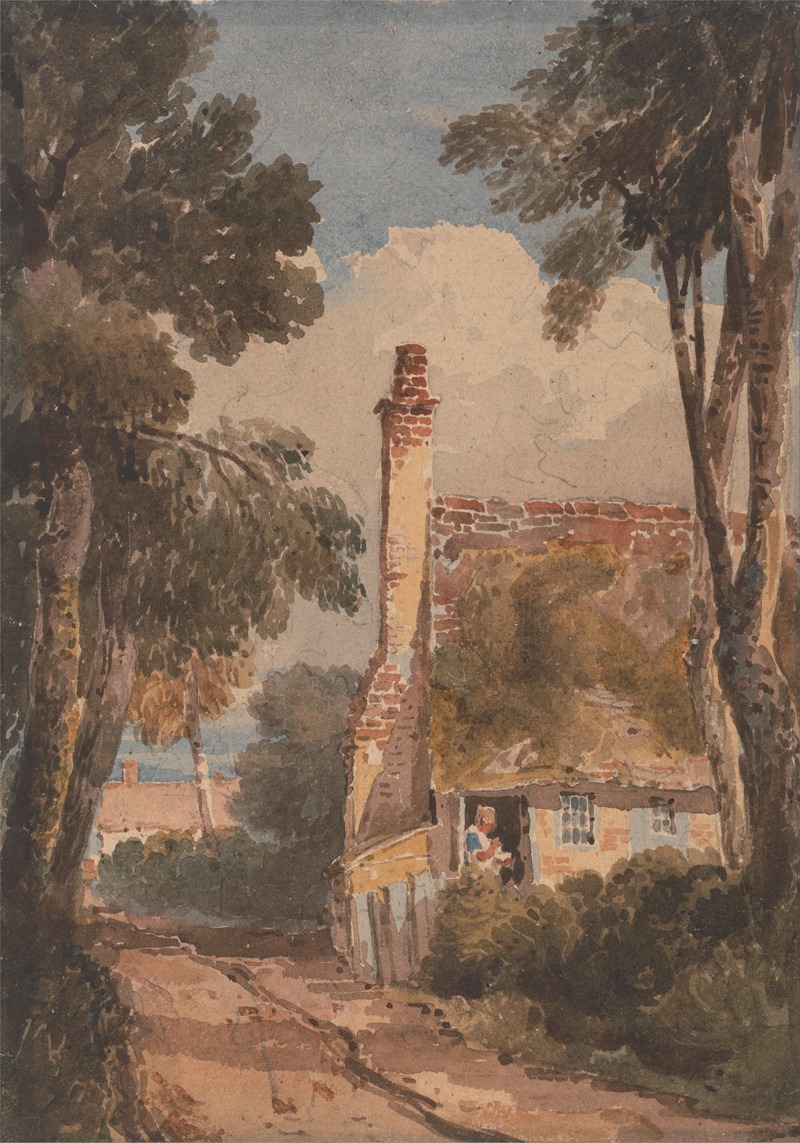
Harborne
A hand-painted replica of David Cox’s masterpiece Harborne, meticulously crafted by professional artists to capture the true essence of the original. Each piece is created with museum-quality canvas and rare mineral pigments, carefully painted by experienced artists with delicate brushstrokes and rich, layered colors to perfectly recreate the texture of the original artwork. Unlike machine-printed reproductions, this hand-painted version brings the painting to life, infused with the artist’s emotions and skill in every stroke. Whether for personal collection or home decoration, it instantly elevates the artistic atmosphere of any space.
David Cox (1783–1859) was a prominent English landscape painter, known for his contributions to the development of English watercolor painting. He is often associated with the Birmingham School and is considered one of the leading figures in the golden age of English watercolor. His works are celebrated for their atmospheric effects and the ability to capture the transient moods of nature.
"Harborne" is one of Cox's notable works, depicting the rural landscape of Harborne, a village that is now a suburb of Birmingham, England. During Cox's time, Harborne was a picturesque area that provided ample inspiration for artists seeking to capture the essence of the English countryside. The painting reflects Cox's skill in portraying natural light and weather conditions, which were central themes in his work.
Cox's technique involved the use of broad washes of color, which allowed him to create a sense of depth and movement in his landscapes. He often employed a limited palette, focusing on the interplay of light and shadow to convey the mood of the scene. This approach is evident in "Harborne," where the subtle gradations of color and the careful composition draw the viewer into the tranquil rural setting.
The painting is characterized by its attention to detail and the delicate balance between the foreground and background elements. Cox's ability to capture the essence of the English countryside is evident in the way he renders the trees, fields, and sky, creating a harmonious composition that reflects the natural beauty of the area. His work often includes figures or animals, adding a sense of scale and life to the landscape, although specific details about such elements in "Harborne" are not widely documented.
Cox's influence on the art world extends beyond his own works. He was a respected teacher and his techniques and style were adopted by many artists of his time. His approach to watercolor painting, emphasizing spontaneity and the effects of light, helped to elevate the medium to new heights and inspired future generations of landscape painters.
"Harborne" is a testament to Cox's mastery of watercolor and his deep appreciation for the natural world. The painting not only captures a specific location but also embodies the broader themes of tranquility and the beauty of the English landscape that were central to Cox's artistic vision. Today, Cox's works, including "Harborne," are held in high regard and can be found in various public and private collections, reflecting his enduring legacy in the world of art.





